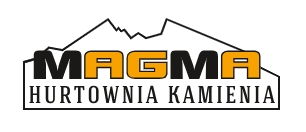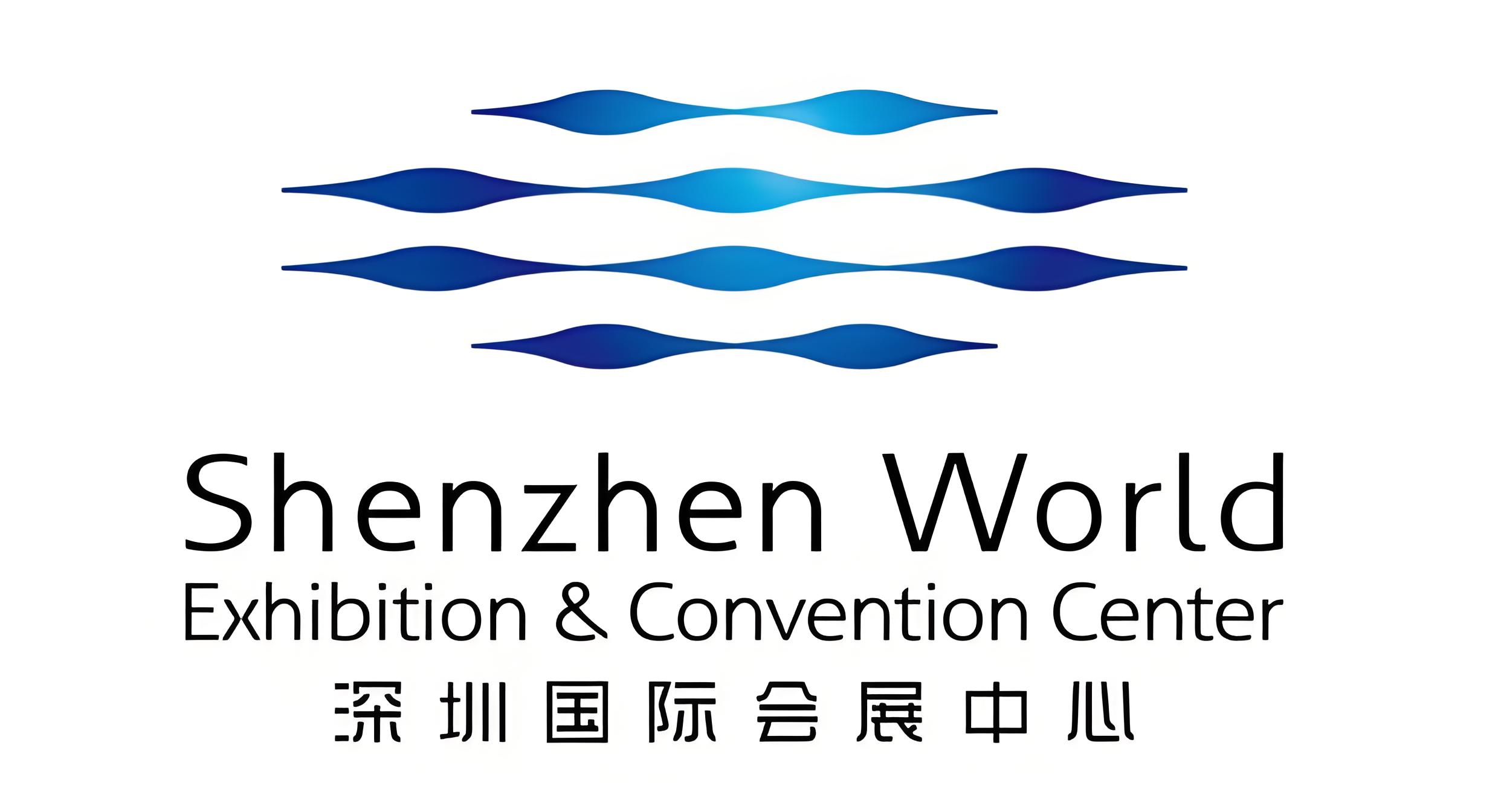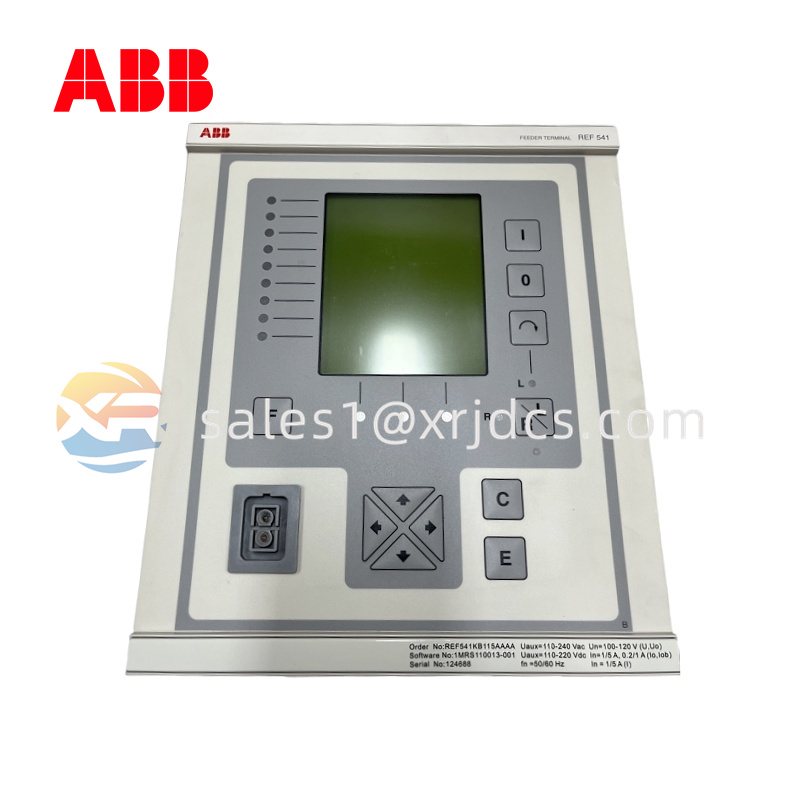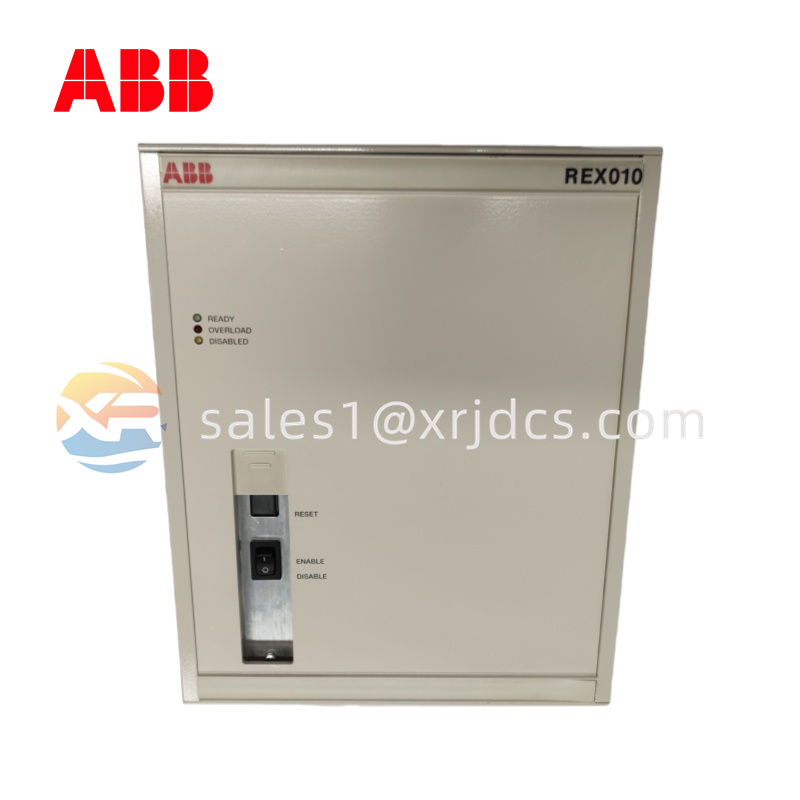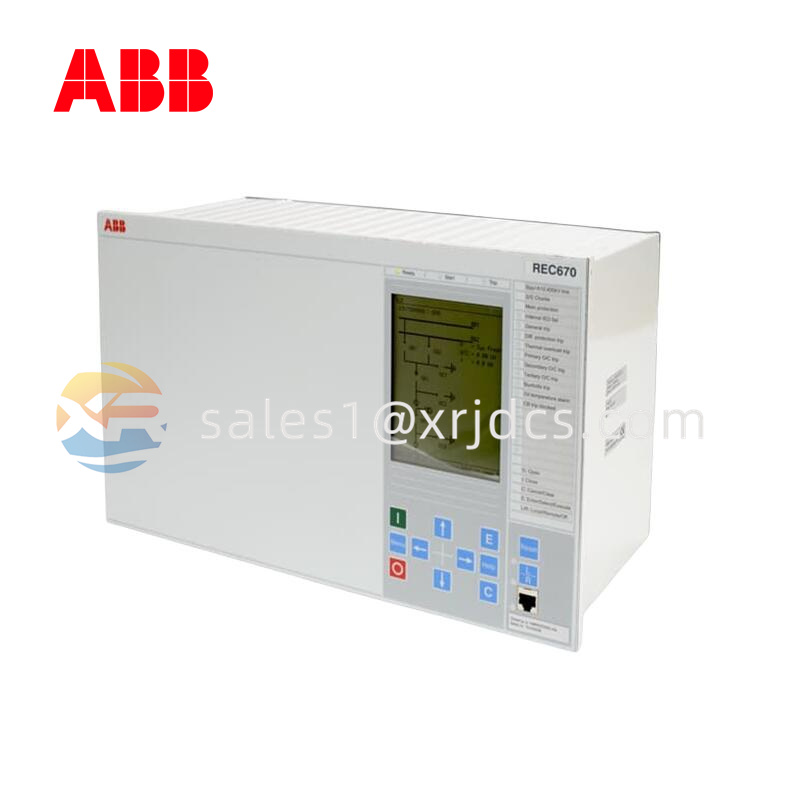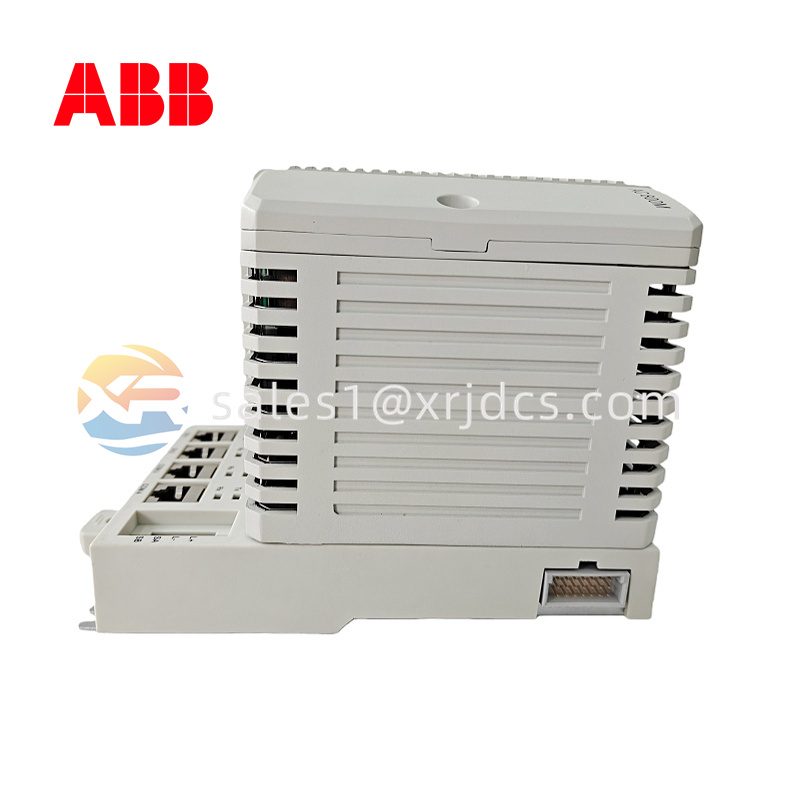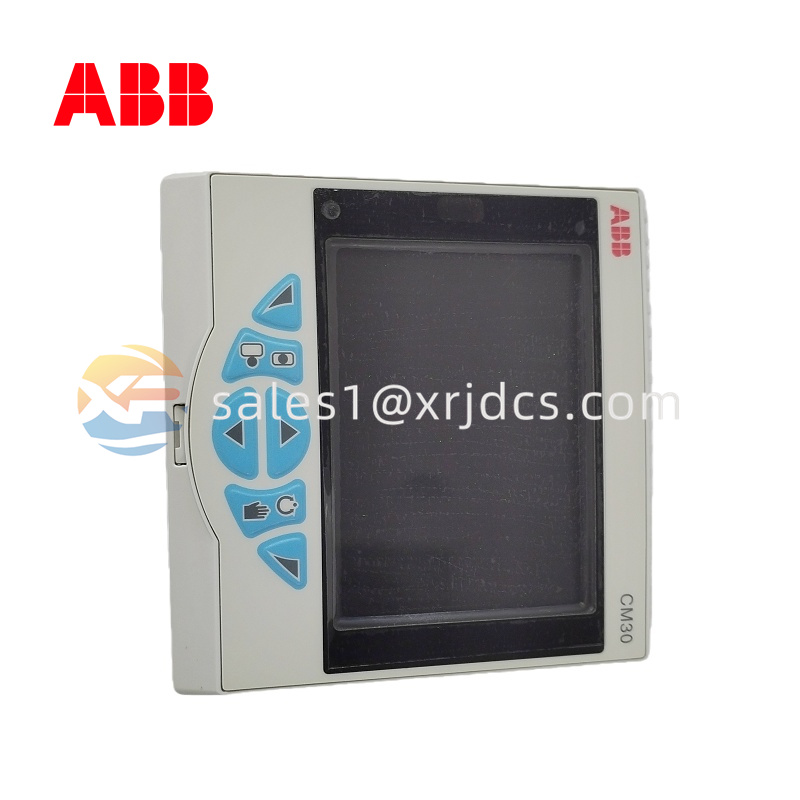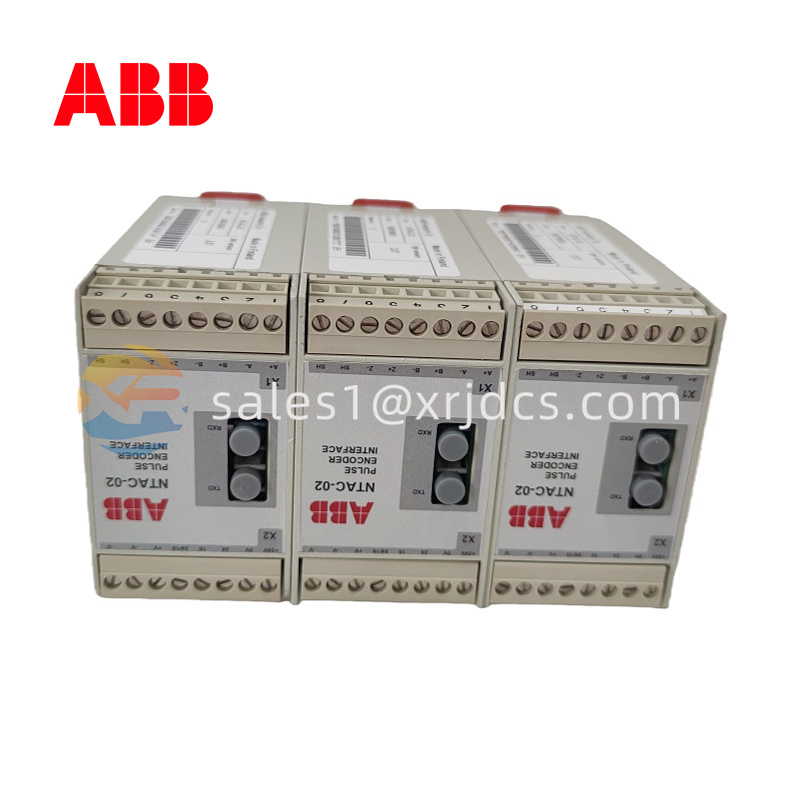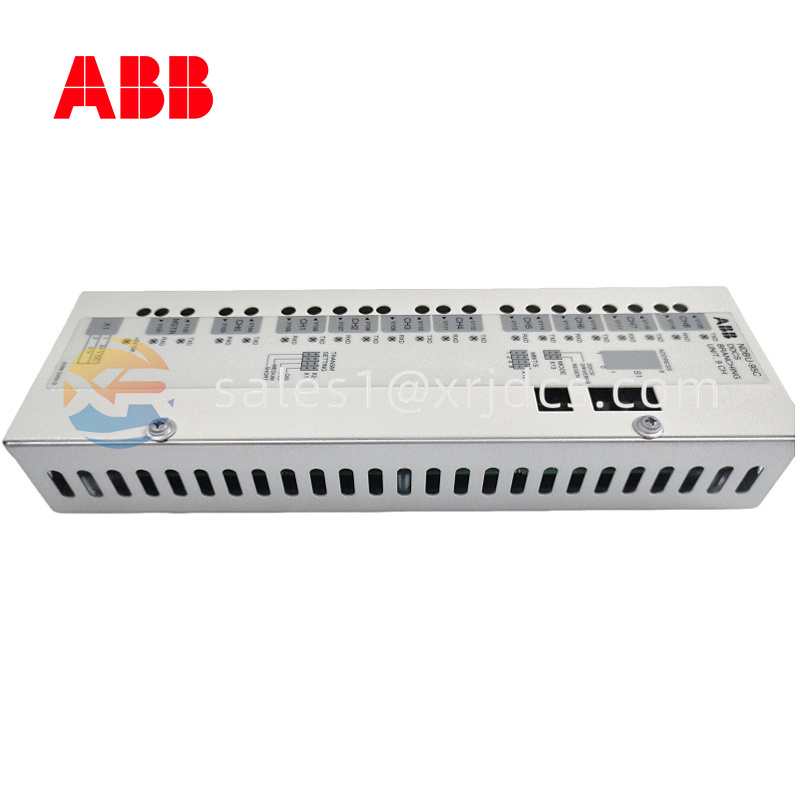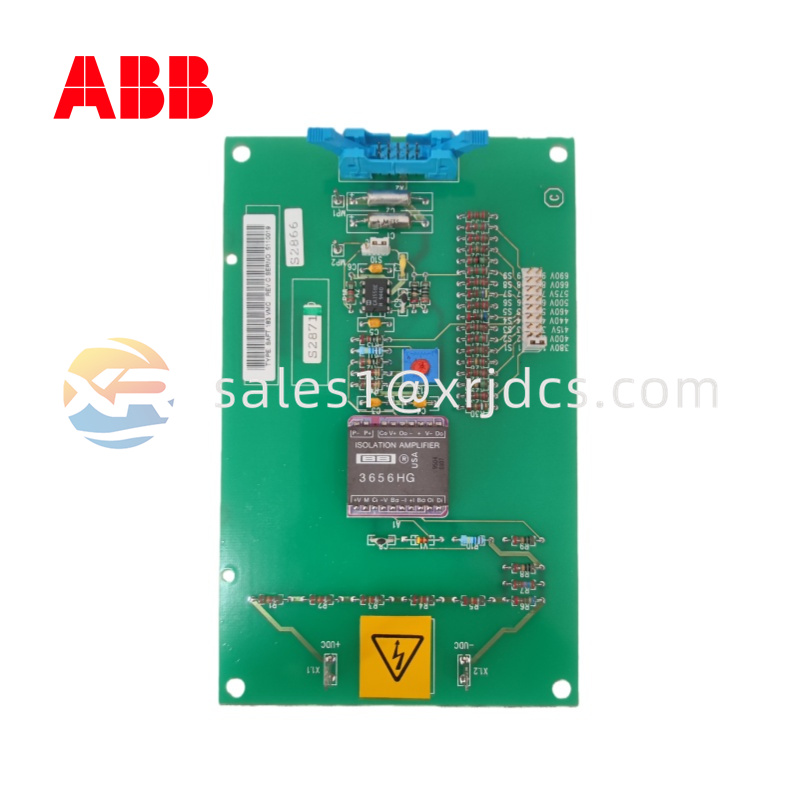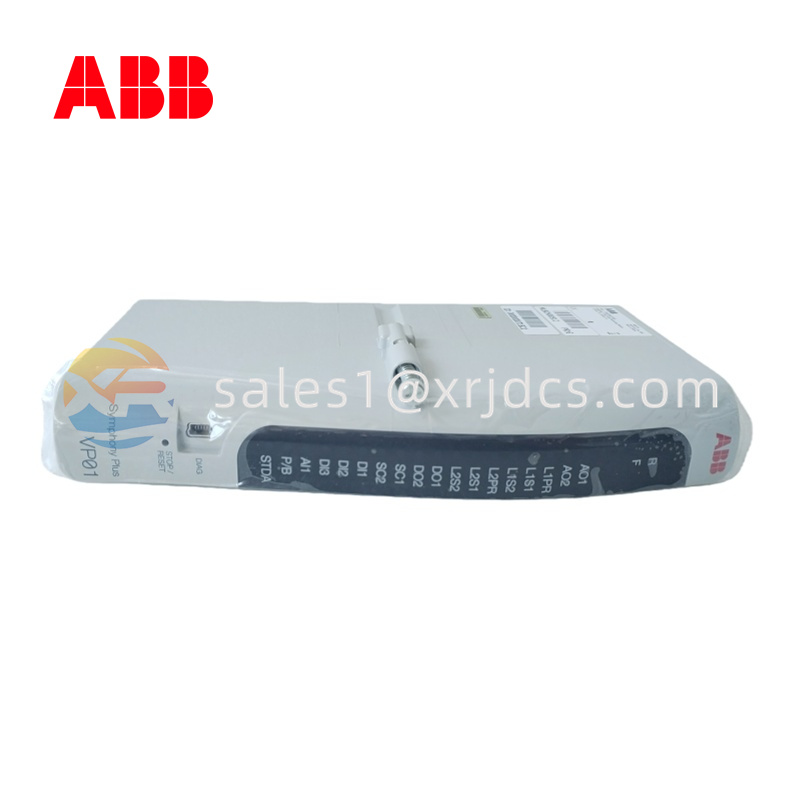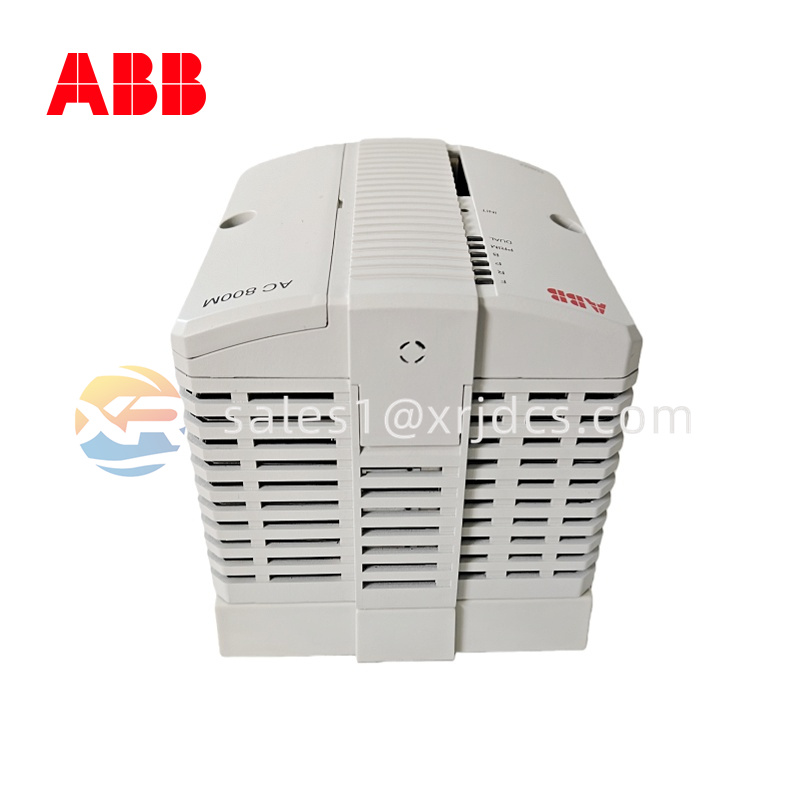ABB SC520 – Communication Interface Module for Protection and Control Systems
1. Structure and Composition
The ABB SC520 is a compact and intelligent communication interface module designed to facilitate high-speed data exchange between ABB protection relays and supervisory systems. Built with a robust printed circuit assembly housed in a metallic or reinforced polymer enclosure, it ensures durability and signal integrity even in harsh substation environments.
Internally, the SC520 features:
A main communication processor responsible for data handling and protocol translation
Dual communication ports supporting various standards (e.g., RS-232, RS-485, or Ethernet)
Integrated status LEDs for power, link, and activity indication
A redundant power input circuit to maintain reliable operation during voltage fluctuations
The board layout allows easy access to connectors and diagnostic points, simplifying installation and field maintenance.
2. Overview
The ABB SC520 module serves as a communication gateway in ABB’s protection and control product line, commonly used with the Relion and REF/RET/REG series relays. It bridges protection devices with station-level control systems such as SCADA, DCS, or networked automation platforms.
Engineered for interoperability, it supports multiple communication standards and protocols, including IEC 60870-5-103, Modbus RTU/TCP, and IEC 61850, depending on configuration. This makes it a flexible component for both new digital substations and legacy system upgrades.
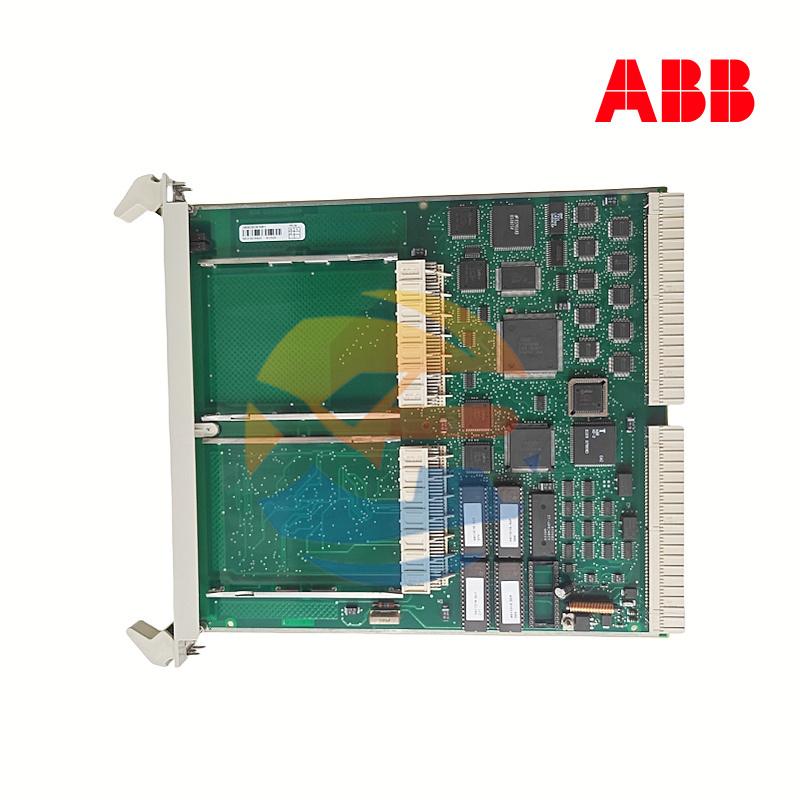
3. Key Features
Versatile Protocol Support: Seamless data transfer through multiple communication standards.
High Data Reliability: Advanced error-checking and buffering to ensure uninterrupted communication.
Plug-and-Play Integration: Designed for quick setup with ABB’s relay series without complex wiring.
Diagnostic Indicators: LED-based status feedback for link, data flow, and fault detection.
Compact Design: Space-efficient layout ideal for dense protection panels.
Long-Term Stability: Built with industrial-grade components for extended operational life.
4. Technical Parameters
| Parameter |
Description |
| Model Number |
SC520 |
| Manufacturer |
ABB |
| Product Type |
Communication Interface / Gateway Module |
| Supported Protocols |
Modbus RTU/TCP, IEC 60870-5-103, IEC 61850 |
| Ports |
Dual-channel RS-232/RS-485, optional Ethernet |
| Power Supply Voltage |
24–48 V DC |
| Operating Temperature |
–25°C to +70°C |
| Mounting Method |
DIN-rail or relay backplane |
| Indicators |
LED for Power, Link, Data, and Fault |
| Enclosure Protection |
IP20 (standard) |
| Compliance |
IEC, CE, and RoHS-certified |
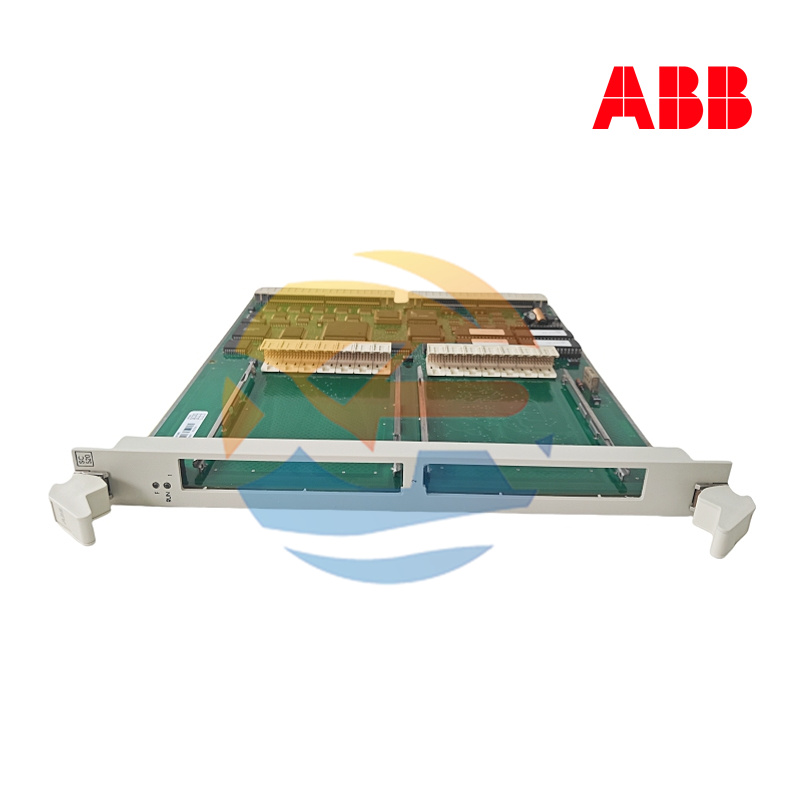
5. Applications
The SC520 is widely used in:
Power substations for relay-to-SCADA communication
Industrial automation networks requiring real-time control feedback
Smart grid monitoring systems with distributed data acquisition
Retrofit projects upgrading older ABB relay systems with modern communication protocols
Its adaptability and reliability make it a critical component for maintaining smooth communication between protection devices and control centers.
6. Installation and Maintenance
Installation is straightforward: mount the SC520 on a DIN rail or attach it to the relay’s rear communication slot. Use shielded communication cables to prevent signal interference. Proper grounding and adherence to ABB wiring diagrams are essential for safe operation.
Maintenance involves:
Verifying LED indicators for correct operation
Periodic inspection of connectors for corrosion or looseness
Firmware updates via ABB configuration software
Checking protocol configuration consistency during system changes
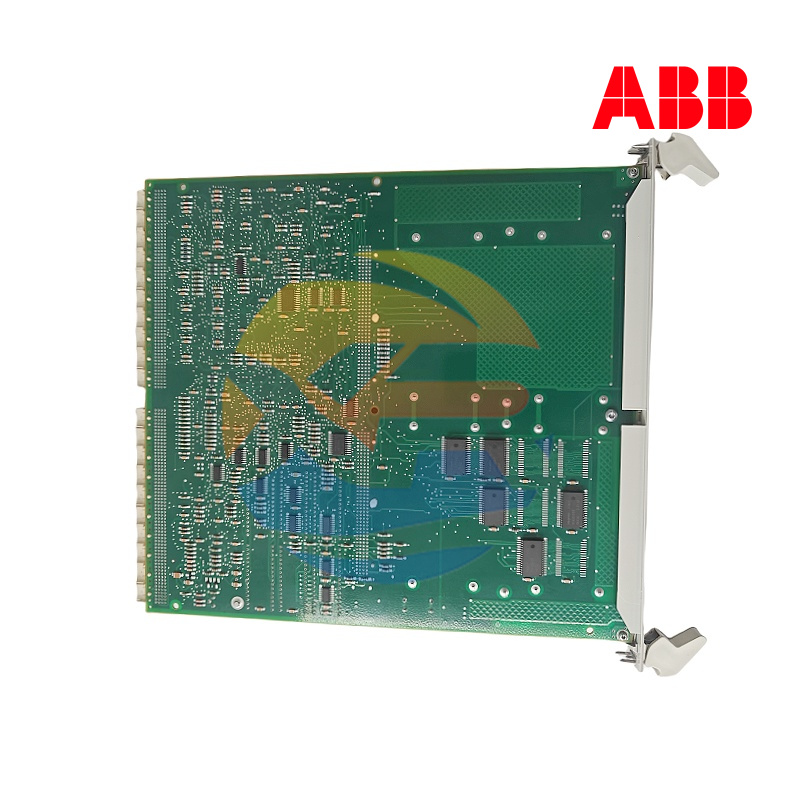
7. Advantages in Modern Systems
Future-Ready Communication: Compatible with evolving substation communication standards.
Reduced Downtime: Hot-swappable design enables fast replacement without system shutdown.
Improved Network Efficiency: Low latency and optimized data packet handling.
Seamless Integration: Fully interoperable with ABB Relion series and third-party systems.
8. Summary
The ABB SC520 Communication Interface Module is a vital link between field-level protection equipment and upper-level control networks. With its multi-protocol support, robust construction, and easy configurability, it ensures reliable data exchange and enhanced visibility across modern electrical automation infrastructures.
 Switzerland
Switzerland 



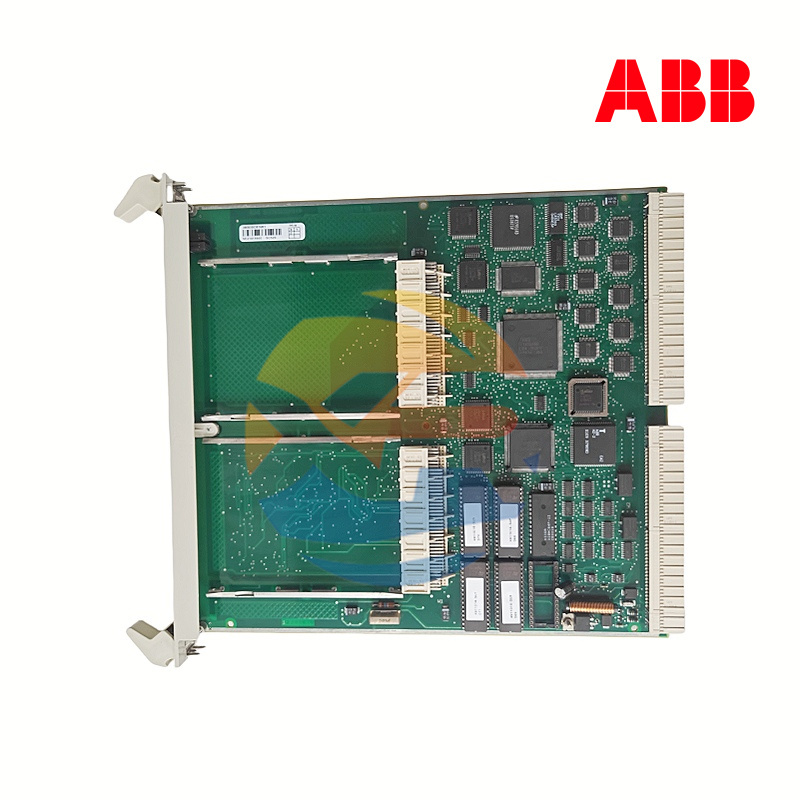



.jpg)
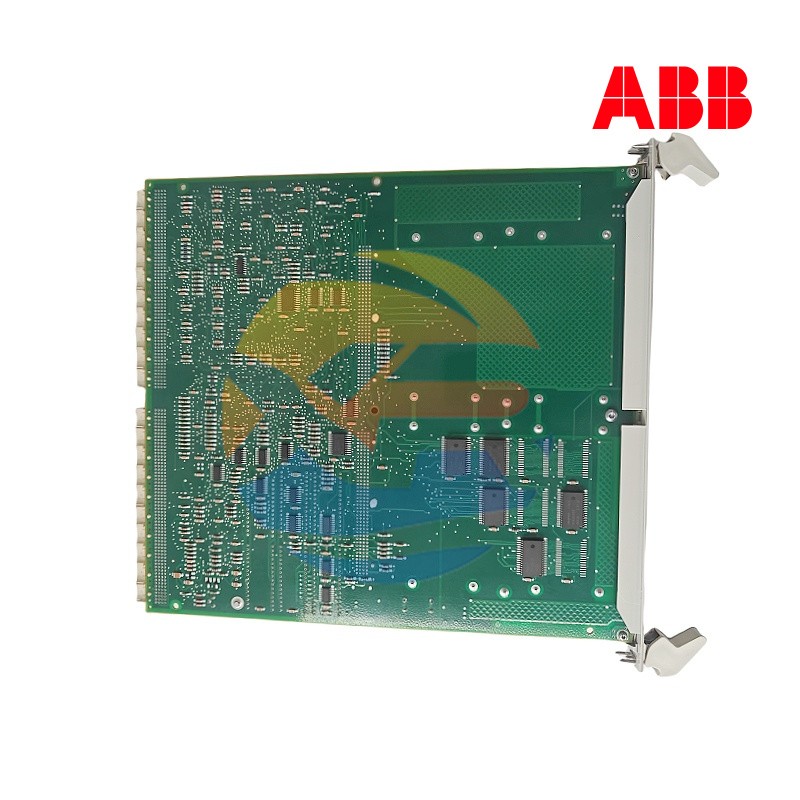
.jpg)
.jpg)
.jpg)
.jpg)







